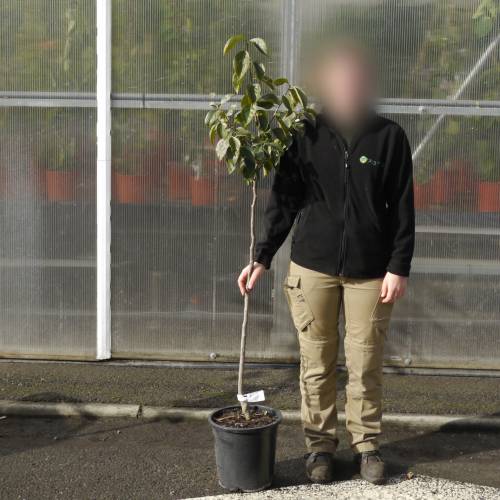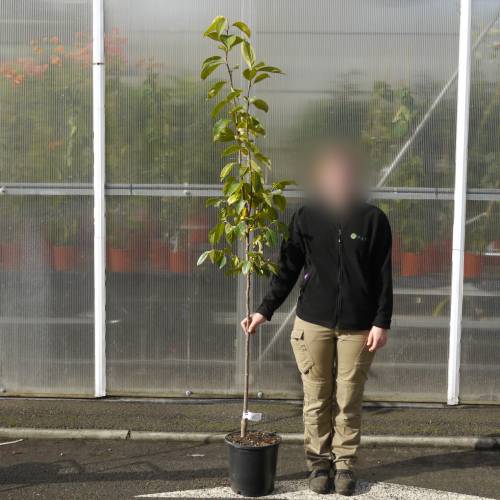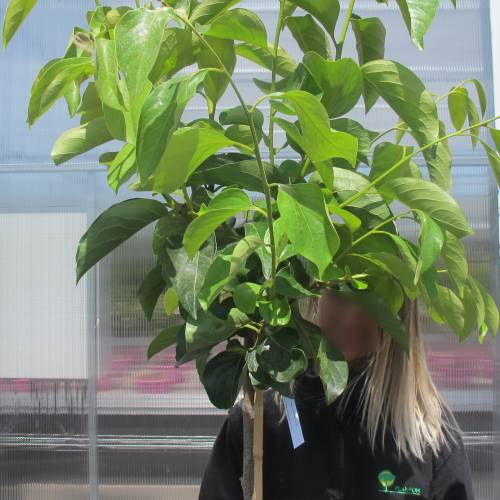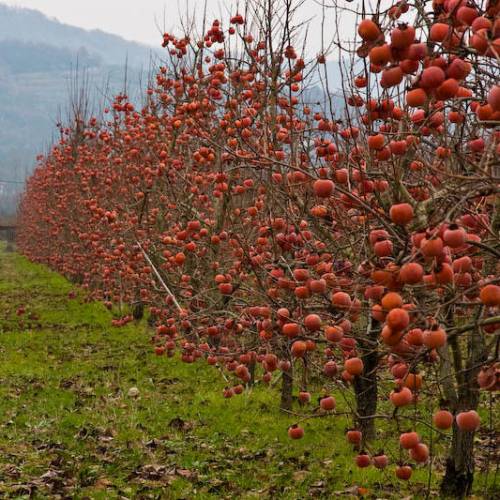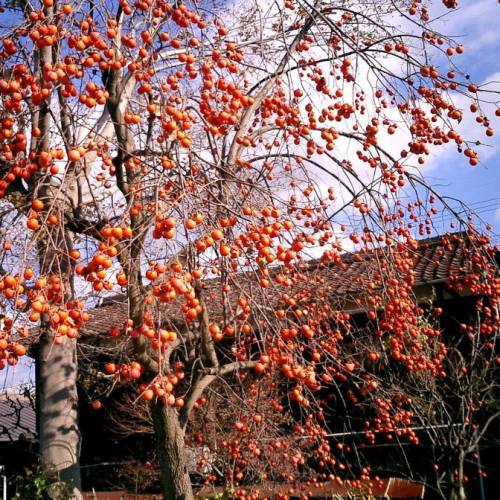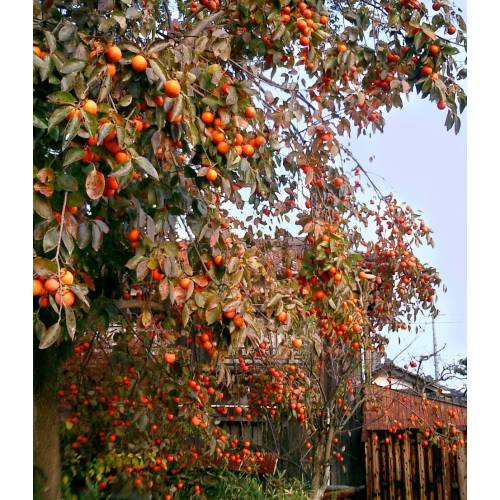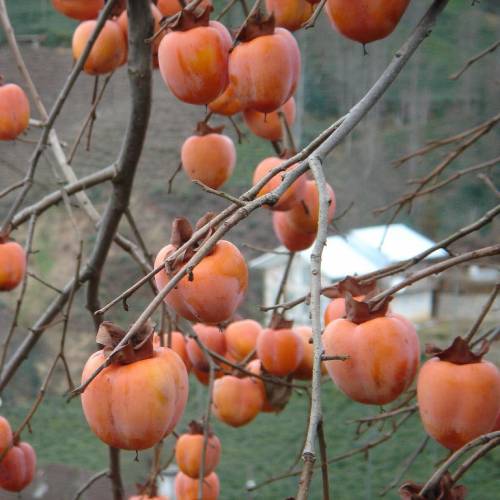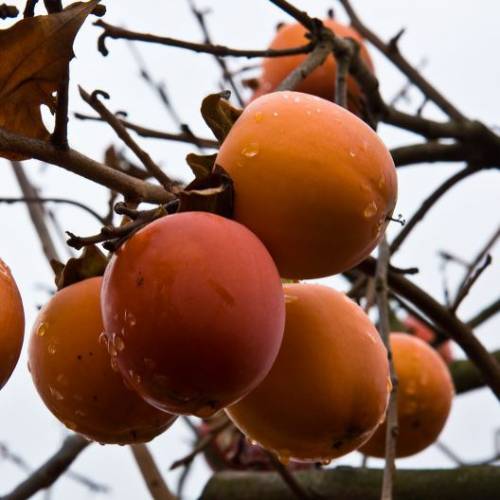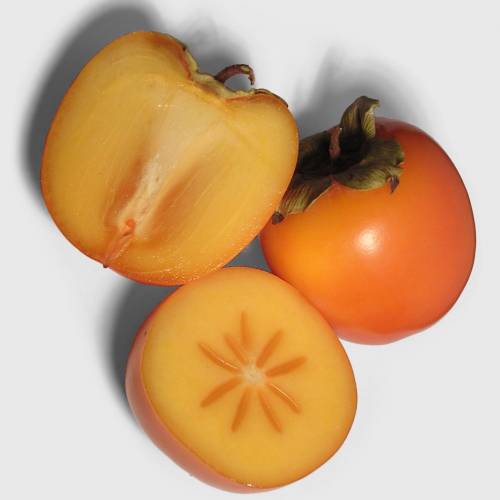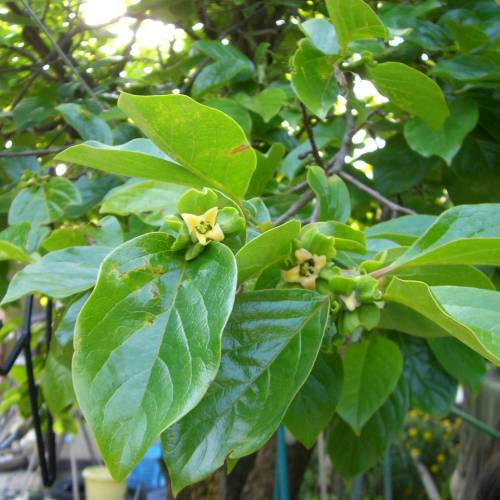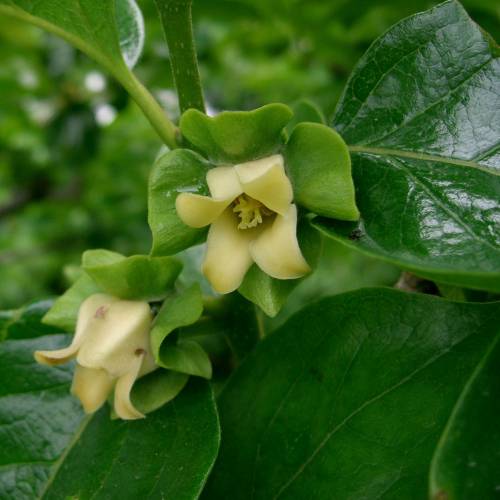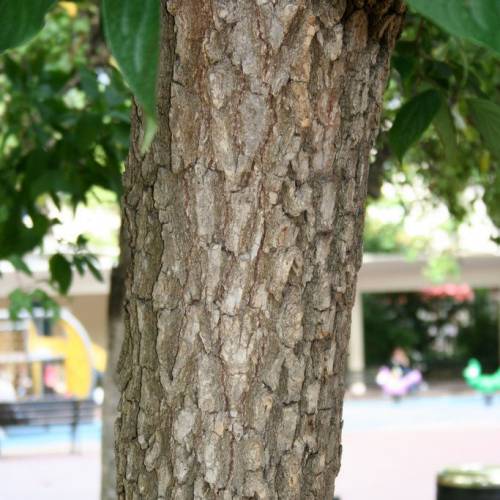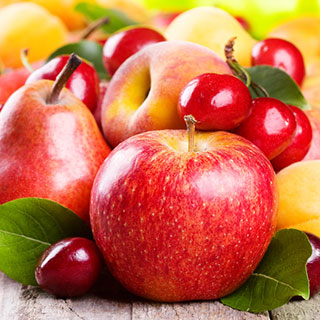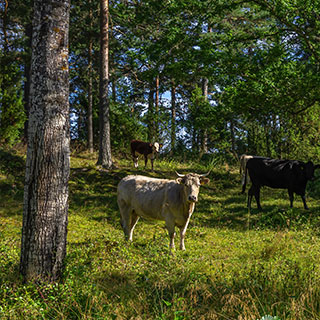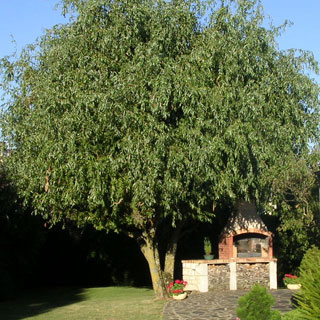
Plants
Kaki or Persimmon / Diospyros kaki
-
78.55 € Kaki / Persimmon (Diospyros kaki) 'Cioccolatino'
0090VC - Available
-
78.54 € Kaki / Persimmon (Diospyros kaki) 'Rojo Brillante'
0090N - Available
-
77.49 € Kaki / Persimmon (Diospyros kaki) 'Vaniglia'
0090q - Available
-
77.48 € Kaki / Persimmon (Diospyros kaki) 'Fuyu'
0090L - Available
-
77.47 € Kaki / Persimmon (Diospyros kaki) 'Muscat'
0090M - Available
-
77.46 € Kaki / Persimmon (Diospyros kaki) 'Rojo Brillante'
0090n - Available
-
72.29 € Kaki / Persimmon (Diospyros kaki) 'Vaniglia'
0090r - Available
-
72.28 € Kaki / Persimmon (Diospyros kaki) 'Fuyu'
0090l - Available
-
72.27 € Kaki / Persimmon (Diospyros kaki) 'Muscat'
0090m - Available
-
72.26 € Kaki / Persimmon (Diospyros kaki) 'Rojo Brillante'
0090nD - Available
-
67.08 € Kaki / Persimmon (Diospyros kaki) 'Fuyu'
0090LX - Available
-
67.08 € Kaki / Persimmon (Diospyros kaki) 'Rojo Brillante'
0090nB - Available
-
61.88 € Kaki / Persimmon (Diospyros kaki) 'Rojo Brillante'
0090nC - Available
-
61.88 € Kaki / Persimmon (Diospyros kaki) 'Fuyu'
0090LY - Available
-
24.95 € Kaki / Persimmon (Diospyros kaki) 'Rojo Brillante'
0090Y1 - Available
-
19.95 € Kaki / Persimmon (Diospyros kaki) 'Rojo Brillante'
0090Y - Available
-
Geographic origin: China and Japan.
Adult size: Height up to 5 metres.
Foliage: Deciduous.
Type of soil: All, well drained.
Climate: Hardy to -20°C.
Position: Full sun, protected from winds.
Properties and uses:
Very widespread in the South of France, the Kaki is a very decorative shrub.
The light flowering takes place in May and June with small yellowish flowers. Its autumnal foliage turns red before dropping off. Its fruits known as kakis are round like large tomatoes and vary from yellow through to red in colour. They are rich in minerals and vitamin C. They are best eaten when nearly ripe and are picked just after the first frosts. Their yellow reddish flesh is soft, juicy and sweet and melts in the mouth.
Plant them now: the shortest way to your plate is through your garden!
The 'Cioccolatino' Kaki: A cold-resistant variety. The fruit is round, medium-sized, and slightly flattened, with a pleasant fruity flavor, often described as subtly honeyed and fruity. It can be eaten firm or overripe.
The 'Fuyu' Kaki: commonly called 'Apple Kaki'. The firm-fleshed fruits are sweet and not astringent. They can be eaten direct from the tree, like an apple, before the first frost.
The 'Muscat' Kaki: also called 'Hachiya Muscat' Kaki or 'Real Provence Muscat' Kaki, this astringent variety comes from Provence Persimmon trees. The highly savoury fruits, with their sweet and soft pulp, are best eaten overripe, after the first frost, direct from the tree or cooked.
The 'Rojo Brillante' Kaki: the most widespread variety in Spain. It has a high yield, though late. The reddish fruits stay firm and are best eaten overripe.
The 'Vaniglia' Kaki: a cold resistant variety. The round, middle-sized and slightly flattened fruits with a light vanilla taste, are best eaten overripe.


